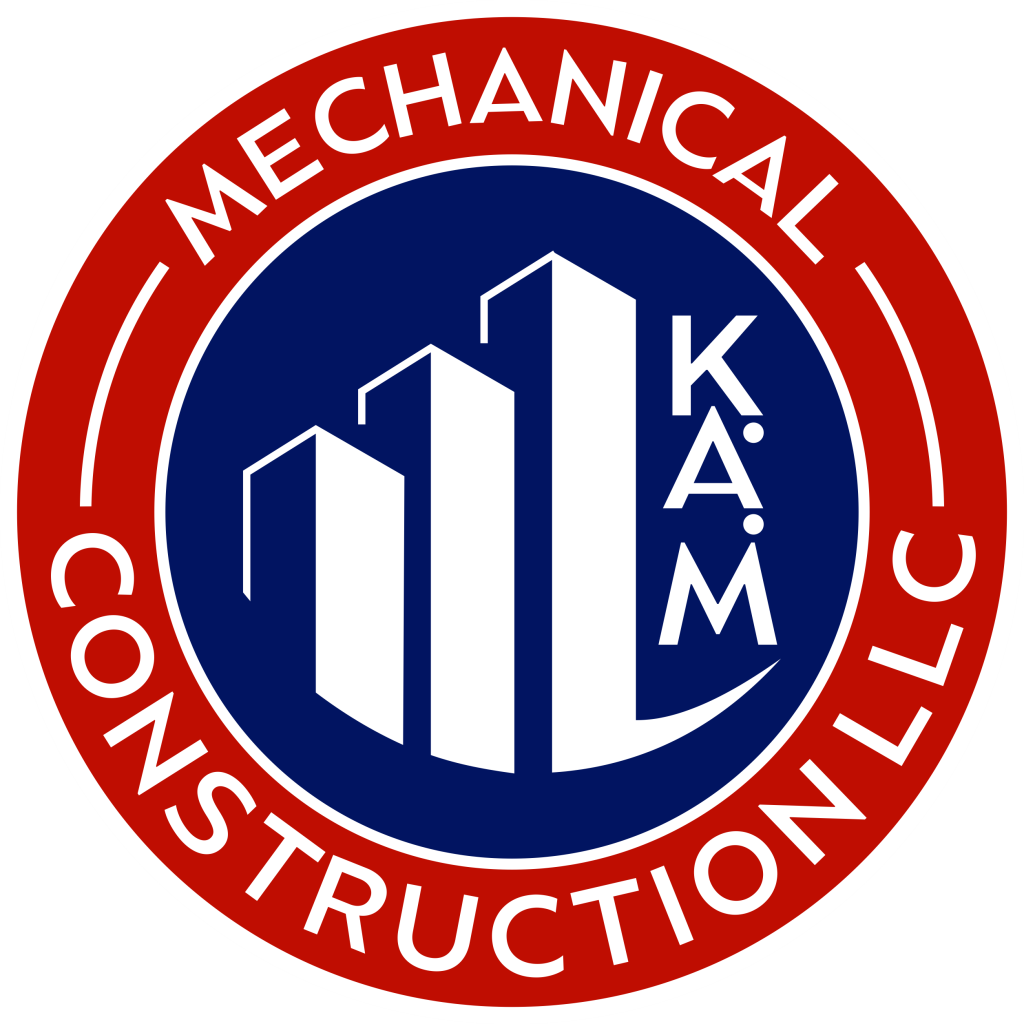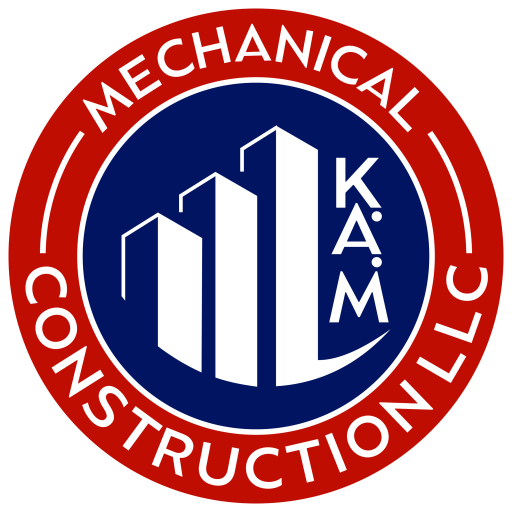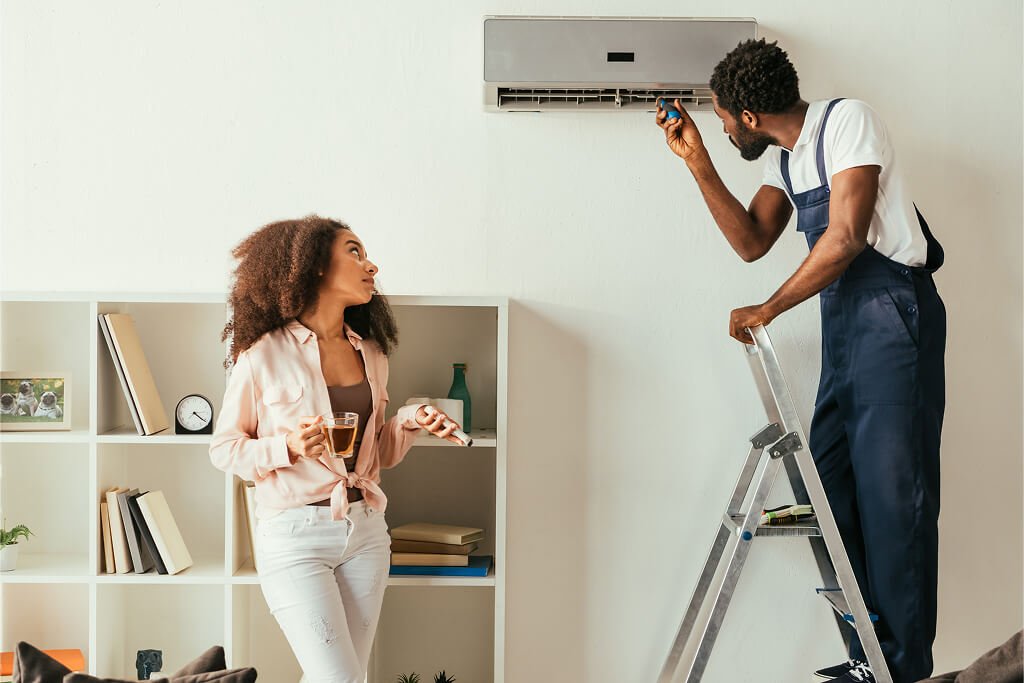Don’t Sweat It: Simple AC Troubleshooting for Common Issues
When your AC starts blowing warm air or making strange noises, it can be frustrating and uncomfortable. Before you panic and call for expensive repairs, there are a few simple troubleshooting steps you can take. This guide will walk you through common AC problems, DIY checks, and help you determine when it’s time to call in the HVAC professionals.
Common AC Problems and DIY Checks
Many AC issues are minor and can be resolved with a few quick checks. Let’s explore some common problems and what you can do:
• Problem: AC Not Turning On At All
▪ DIY Check 1: Thermostat Settings: Ensure your thermostat is set to “Cool” mode and the temperature is set lower than the current room temperature. Make sure the thermostat is powered on and the batteries are not dead if it’s battery-operated.
▪ DIY Check 2: Power Supply: Check your circuit breaker box. Has the breaker for your AC tripped? If so, try resetting it. If it trips again immediately, there’s likely a more serious electrical issue requiring professional attention.
▪ DIY Check 3: Emergency Shut-Off Switch: Many AC systems have an emergency shut-off switch, often located near the indoor unit or outdoor condenser. Make sure this switch hasn’t been accidentally turned off.
• Problem: Weak Airflow or No Cold Air
▪ DIY Check 1: Air Filter – The Usual Suspect: A clogged air filter is the most common cause of weak airflow and reduced cooling. Replace your air filter immediately! Remember to do this regularly (every 1-3 months).
▪ DIY Check 2: Blocked Vents: Ensure that air vents throughout your home are not blocked by furniture, curtains, or rugs.
▪ DIY Check 3: Outdoor Unit Obstruction: Check the outdoor condenser unit. Is it blocked by plants, debris, or overgrown vegetation? Clear any obstructions to ensure proper airflow.
• Problem: AC Runs Constantly But Doesn’t Cool Effectively
▪ DIY Check 1: Thermostat Calibration (If Applicable): Some thermostats can be miscalibrated. Check your thermostat’s manual to see if there’s a calibration setting and ensure it’s reading accurately.
▪ DIY Check 2: Dirty Condenser Coils: As mentioned in previous posts, dirty outdoor condenser coils reduce efficiency. Visually inspect them and gently clean them if they appear dirty (use a soft brush or hose carefully).
▪ DIY Check 3: Sun Exposure: Is your home getting excessive direct sunlight, especially through windows? Using curtains, blinds, or window films can reduce heat gain and help your AC cool more effectively.
• Problem: Strange Noises (Banging, Grinding, Squealing)
▪ DIY Check: Listen Carefully: Try to pinpoint the location and type of noise. Loose parts might rattle, a failing motor could grind or squeal.
▪ Caution: Strange noises often indicate mechanical issues that are best left to professionals. While you can listen and try to describe the noise, avoid attempting to fix internal components yourself.
• Problem: Water Leaks
▪ DIY Check 1: Condensate Drain Line: A clogged condensate drain line is a common cause of indoor leaks. You might be able to clear a minor clog yourself. Locate the drain line (usually a PVC pipe near your indoor unit). Consult your AC manual or online resources for safe methods to clear a drain line clog. Be cautious!
▪ Caution: Significant leaks or leaks from refrigerant lines should be addressed by a professional.
When to Call a Professional HVAC Technician
While some AC problems are DIY-friendly, others require professional expertise. It’s time to call a qualified HVAC technician if:
• You’ve tried basic troubleshooting and the problem persists.
• You suspect a refrigerant leak. Refrigerant handling requires specialized equipment and training.
• You encounter electrical issues (repeatedly tripping breakers, burning smells).
• You hear loud or concerning noises that suggest mechanical problems within the unit.
• You are uncomfortable or unsure about performing any DIY checks.
Stay Cool and Informed
Knowing basic AC troubleshooting steps can save you time and potentially money on minor issues. However, when in doubt, it’s always best to err on the side of caution and contact a qualified HVAC professional. Regular maintenance, especially filter changes, can prevent many of these problems from occurring in the first place!


